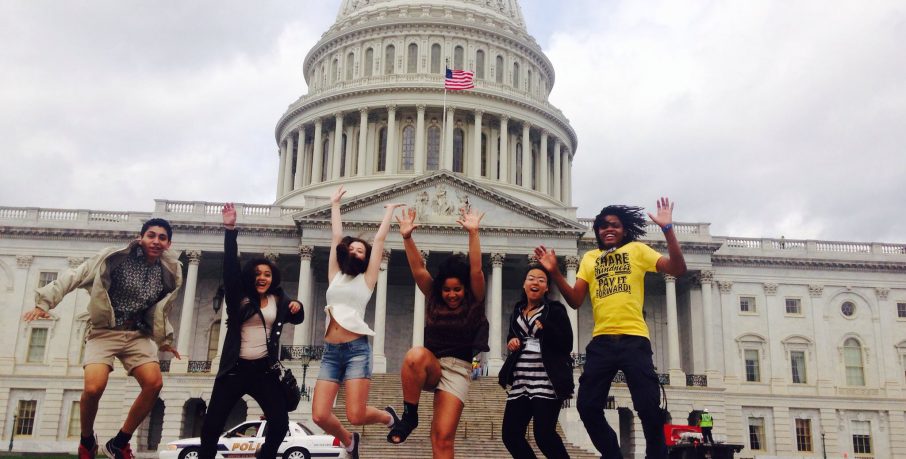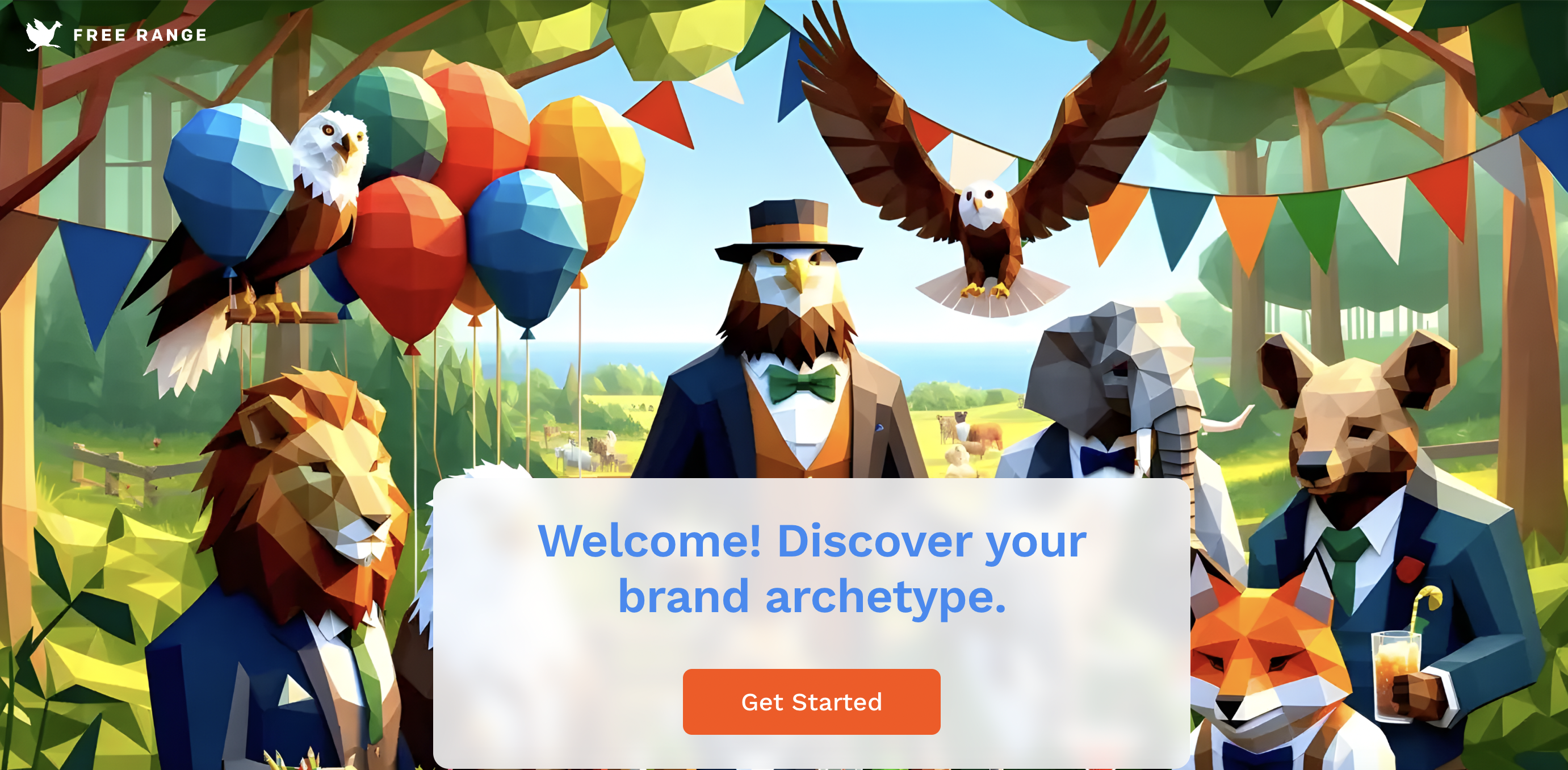2016 has shown us that the use of social media and online efforts to spur social activism is not going anywhere. From the over 1 million Facebook users that checked in at the Standing Rock Indian Reservation to support the DAPL protests to the viral success of Truth’s #CATmageddon campaign to the continued momentum of #BlackLivesMatter, calls for social change have continued to abound online.
The ability for efforts like these to actually bring about the change they seek, however, is far from guaranteed. The internet and social media are full of moments that gather attention and lead to outcomes like Facebook likes and retweets. While these outcomes can help raise awareness, for true change to take hold they must be connected to a broader initiative that converts awareness into action—they must be part of a movement.
The #BringBackOurGirls campaign to rescue 276 Nigerian girls kidnapped in 2014 is a tragic example. While the campaign gained the attention of numerous celebrities from Michelle Obama to Alicia Keys and was considered a success by many, the campaign never translated this awareness into tangible results. In the end, 57 girls escaped on their own and over 200 are still considered missing.
So, with the New Year upon us, how do we use the power of the internet to go beyond moments to create movements that help bring about our actual goals in substantial, tangible ways? What does that even look like?
Building Movements
The movements built by Free Range and our clients, The Story of Stuff and the Alliance for Climate Education (ACE) in particular, show us something closer to a sustained effort. Both the Story of Stuff and ACE have used online tools like social media and multimedia to drive on-the-ground efforts, change the national conversation, and ultimately make substantial impact.
The Story of Stuff movement began with a 20-minute movie aimed at educating the public on how much stuff our society consumes. Five years and 40 million views later, they now have a community of over 1 million people who view themselves as citizens—not consumers—and are actively engaging in their communities and in politics. In similarly impressive fashion, the Alliance for Climate Education has educated over 2 million students through their groundbreaking assembly program, with over 400,000 students taking measurable action on climate change. In fact, hundreds of today’s top youth leaders on climate got their start at an ACE assembly or through an ACE leadership program.
Free Range’s work with Autodesk and Fashion Positive also demonstrates the power of a movement. Autodesk’s Design-Led Revolution, spearheaded by a viral video with over 500k views, has transformed Autodesk into a leader in the world of sustainable design. Cradle to Cradle’s Fashion Positive movement is also on the rise, having already partnered with over 40 of the world’s largest brands, suppliers and designers to provide positively-sourced materials to the fashion community.
While there is no exact science behind the success of these movements, and they have certainly been fueled by a lot of external factors, they provide insights into how social media and other online tools can be used to fuel a movement with substantial impact. Here are a few tips to consider in 2017.
Plan
- Develop an Outcome-Based Strategy
Create a strategy that can actually lead to the achievement of your ultimate goal, not just a target number of shares or clicks. Start by defining the series of outcomes needed to achieve your goal. Then, plan out efforts capable of creating the change needed to achieve each outcome. What audiences will be most effective in bringing about the change you want to see? What is likely to incentivize them? While this may be a heavy lift, it is essential to ensure your efforts are not wasted.
- Build Strategy That Connects Online with On-the-Ground
Your online campaign won’t be effective unless it connects online efforts to on-the-ground ones. When crafting your strategy, it is critical to keep this in mind. What online asks will drive current on-the-ground efforts and how will they do so? When and how will it be most effective to ask online supporters to participate in these on-the-ground efforts?
- Set Up a Journey
A successful movement has to go beyond a moment. And that means it must keep online supporters engaged and involved with repeated calls to action that build on one another and serve your strategy over the long-term.
Do
- Bring Your Audience In On the Plan
Audiences that understand their role are more likely to engage and stay engaged. Make sure they understand their part in your plan–how the online actions you are asking of them will lead to change. Let them know why you need their help, what you hope to see as a result, and what the next step is.
- Establish Partners
The effectiveness of your online efforts can only be increased with the support of partners. And, the smaller an organization you are, the more essential they are to success. Whether you are looking for a simple retweet or Facebook share or a more robust strategic partnership, consider individuals and organizations that already support your cause and will be able to influence the audience you are targeting.
- Empower Everyday Members of Your Community
Just as partners can increase the success of your movement, so can everyday members of your online community by brainstorming new ideas, calling on their friends to get involved, and organizing events. Make sure to create mechanisms for online supporters to communicate with you and with one another and to contribute to the conversation actively.
Grow
- Report Results
For your movement to grow, it is critical that you consistently share the results of the actions taken by your supporters. The sharing of positive results will encourage existing supporters to continue their involvement and persuade new supporters to join in the success. Even negative results, if shared with a careful appeal to emotions and a call to future, strategic action can often lead to more fervent support.
- Define the Next Phase
Finally, never stop planning the next phase. Analyze your progress toward your goal, the accuracy of your strategy, and the effectiveness of your current and past efforts. Use this information to adjust and plan out a next phase. Once you’ve achieved your goal, don’t be afraid to set a new one and build off of the support and momentum you have achieved.
Download our Building Movements vs Moments guide for help in applying these principles to your next campaign.




